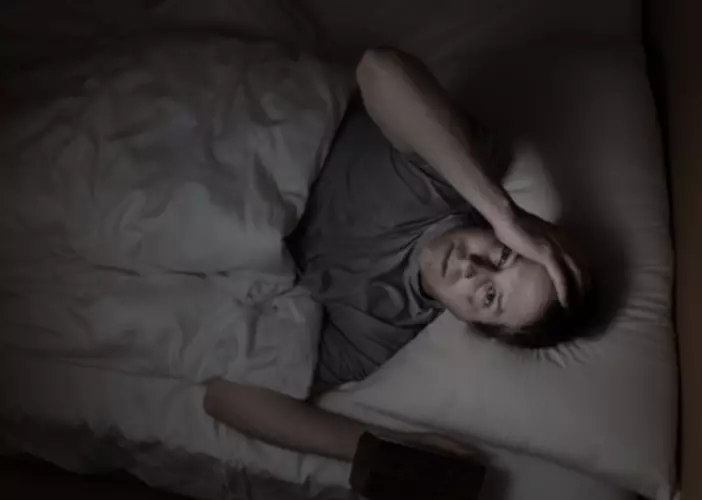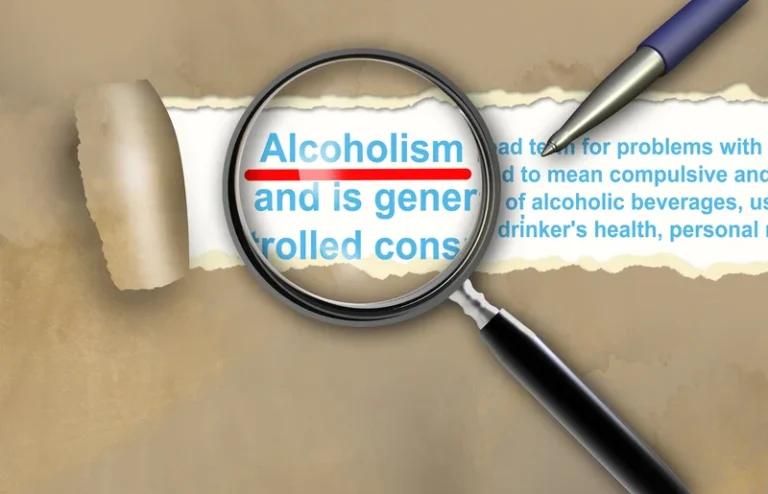Opioid Use Disorder: What It Is, Symptoms & Treatment

The risk of overdose is particularly high in older adults, as highlighted in discussions about AARP addiction issues. If you thought the short-term effects were scary, buckle up buttercup, because the long-term effects of opioid addiction are downright terrifying. We’re talking health complications that would make a medical textbook blush. It’s like your body is throwing a going-out-of-business sale, and everything must go. The first step toward recovery is recognizing that you have a problem with opioids. If you think you have an addiction, know that there is help for you and begin to seek it.
Synthetic opioids
Eventually, the person begins to gain tolerance for the medications, which means they need more of the drug in order to manage their pain. They also develop a physical dependence, so if they stop taking the medication, they experience symptoms of withdrawal. Physicians and advanced practice providers prescribe medications for OUD, including buprenorphine under the MAT Act, and make referrals for cognitive behavioral therapies. Nurses assist with coordinating OUD therapies and educating patients on the importance of therapy adherence. Pharmacists and addiction medicine specialists provide recommendations to optimize OUD medication therapies and promote adherence to cognitive behavioral therapies.
News from Mayo Clinic

They interact with opioid receptors in the brain, reducing pain sensations and creating a feeling of euphoria. The potential for misuse and addiction when it comes to both opiates and opioids has made them a topic of heated debate. Many argue for their contributions to pain relief but are often shut down by the long history of opium addiction and abuse they’re better known for. Worldwide, about 296 million people (or 5.8% of the global population aged 15–64 years) used drugs at least once in 2021.
Changes in the brain
While these opioids are all available by prescription, illicit opioids, like heroin (and, increasingly, illicitly manufactured fentanyl), are not. Too many people in the U.S. find themselves in this state of desperation because of opioid use disorder (OUD) — the medical condition that results when someone has an addiction to opioids. Addiction is a condition where something that started as pleasurable now feels like something you can’t live without. Drug addiction is defined as an out-of-control feeling that you must use a medicine or drug and continue to use it even though it causes harm over and over again.
If this is the case, be honest with the emergency team so they can prepare accordingly. Severe symptoms tend to alleviate within a few days, but full opiate withdrawal can last several weeks. Stimulants include amphetamines, meth (methamphetamine), cocaine, methylphenidate (Ritalin, Concerta, others) and amphetamine-dextroamphetamine (Adderall XR, Mydayis).
- Some prescription opioid medications take effect quickly and are highly potent, increasing their addictive potential.
- Opioid is the umbrella term for any opioid drug, whether synthetic or from nature.
- Powders can also be dissolved in liquid and then injected into the veins.
- Signs and symptoms of inhalant use vary, depending on the substance.
Side effects of the opioid crisis

You may convince yourself that you’d know it was time for action if your loved one’s addiction was truly serious. Even healthcare professionals may overlook common signs of opioid misuse if they feel they know the person and don’t look for signs in an objective way. Opiates, also known as opioid painkillers, include prescription drugs such as hydrocodone, fentanyl, and morphine.
- Drug addiction can start with experimental use of a recreational drug in social situations, and, for some people, the drug use becomes more frequent.
- Opioids are safest when used for three or fewer days to manage serious pain, such as pain that follows surgery or a bone fracture.
- These symptoms can include taking more than the prescribed dose of opioid medication.
- The hallmark characteristics of addiction include intense drug cravings and a strong desire to obtain or use the drug – despite negative consequences that may occur.
- Information on State Opioid Treatment Authorities (SOTA) can be found at SAMHSA.gov.
- Substituted cathinones can be eaten, snorted, inhaled or injected and are highly addictive.
Preventing drug misuse in children and teenagers

The most effect overall form of OUD treatment is called medication-assisted treatment (MAT), meaning that medications are combined with different types of counseling for a holistic approach. Treatment for OUD often requires continuing care to be effective, as OUD is a chronic condition with the potential for both recovery and relapse. Researchers estimate that genetic factors opioid addiction treatment are responsible for 40% to 60% of the vulnerability to any substance use disorder. If you have a first-degree relative (biological sibling or parent) with OUD, you’re more likely to develop it as well. This neurotransmitter both decreases your perception of pain and creates feelings of euphoria. You may have a strong desire to continue using opioids to continue the feeling.

Is opioid addiction a disease?

Another detoxification option, known as medically managed withdrawal, has greater likelihood of success. Opioid use disorder is a chronic disease of the brain—sometimes called an addiction—characterized by the persistent use of opioids despite harmful consequences caused by their use. Patients typically have both physical dependence and loss of control over their opioid use and may experience serious consequences related to their https://ecosoberhouse.com/ use. It is a relapsing disorder, which means that if people who have OUD stop using opioids, they are at increased risk of reverting to opioid use, even after years of abstinence. A person may need a treatment approach that addresses both mental health and substance use disorders if both conditions are occurring together. The person’s environment and access to supportive family members and friends can also play important roles.
Signs of opioid abuse
With such a broad spectrum, it’s not surprising that OUD can look very different from person to person. People can develop OUD whether they are initially prescribed opioids or start with illegal opioids. Immediate action is needed to help someone experiencing an opioid overdose.
- OUD typically involves periods of exacerbation and remission, but the vulnerability to relapse occurs throughout a patient’s lifetime.
- This includes taking behavioral therapy, medication, and support groups.
- Opioid overdose treatment with naloxone can be used in an emergency situation when a person has taken an overdose of opioid drugs and has stopped breathing or is in danger of stopping breathing.
- Once the drugs are out of the person’s system, continuing treatment is recommended to avoid relapse ― resuming opioid use after quitting.